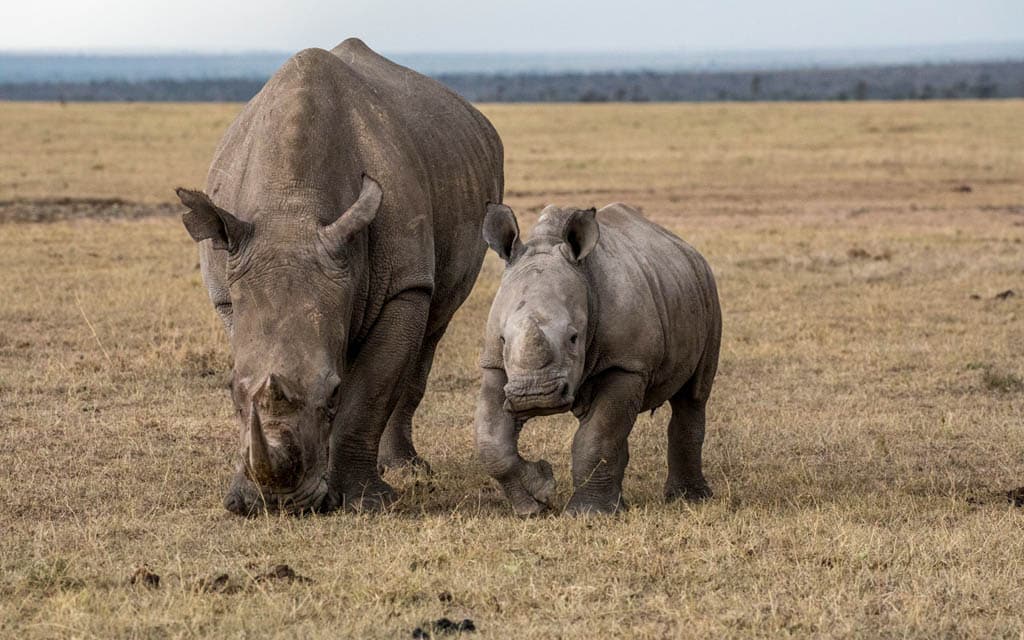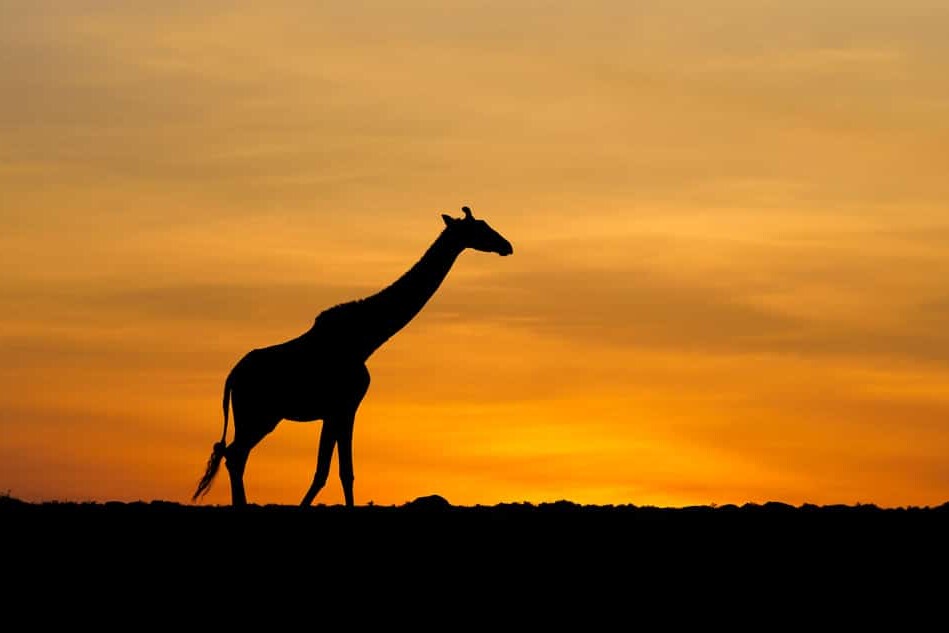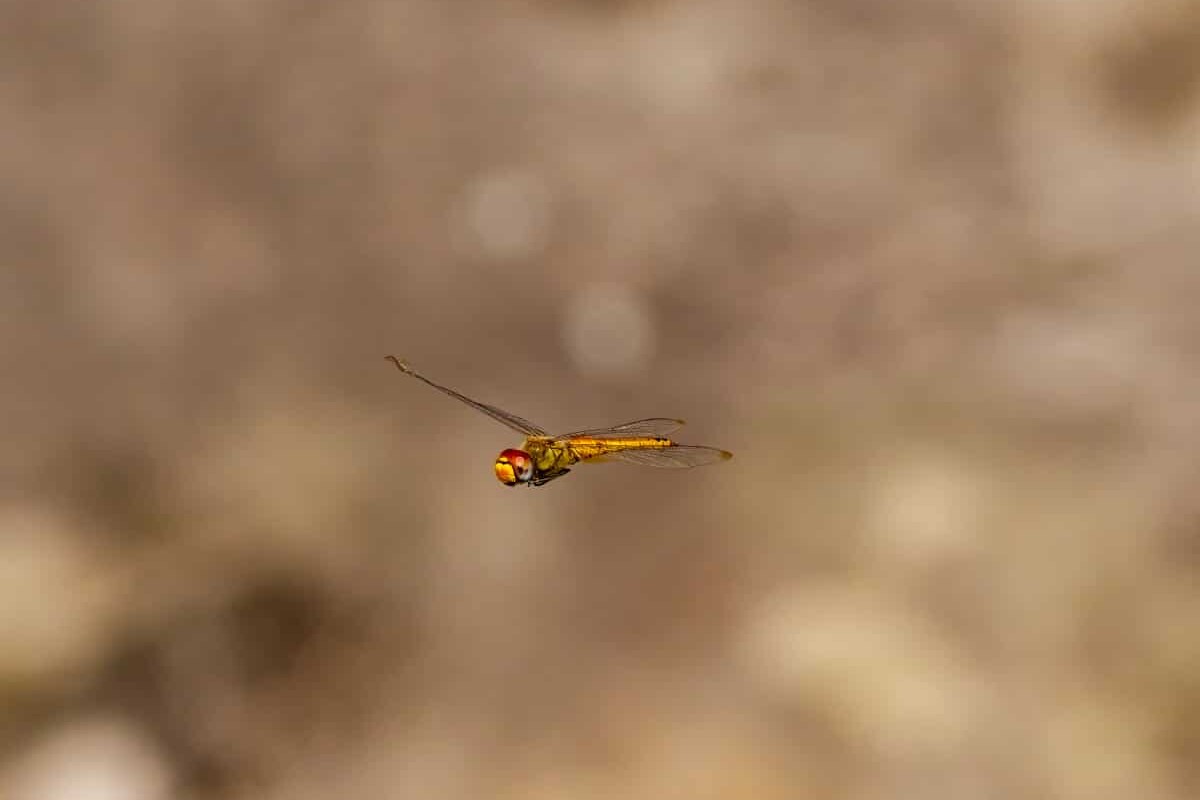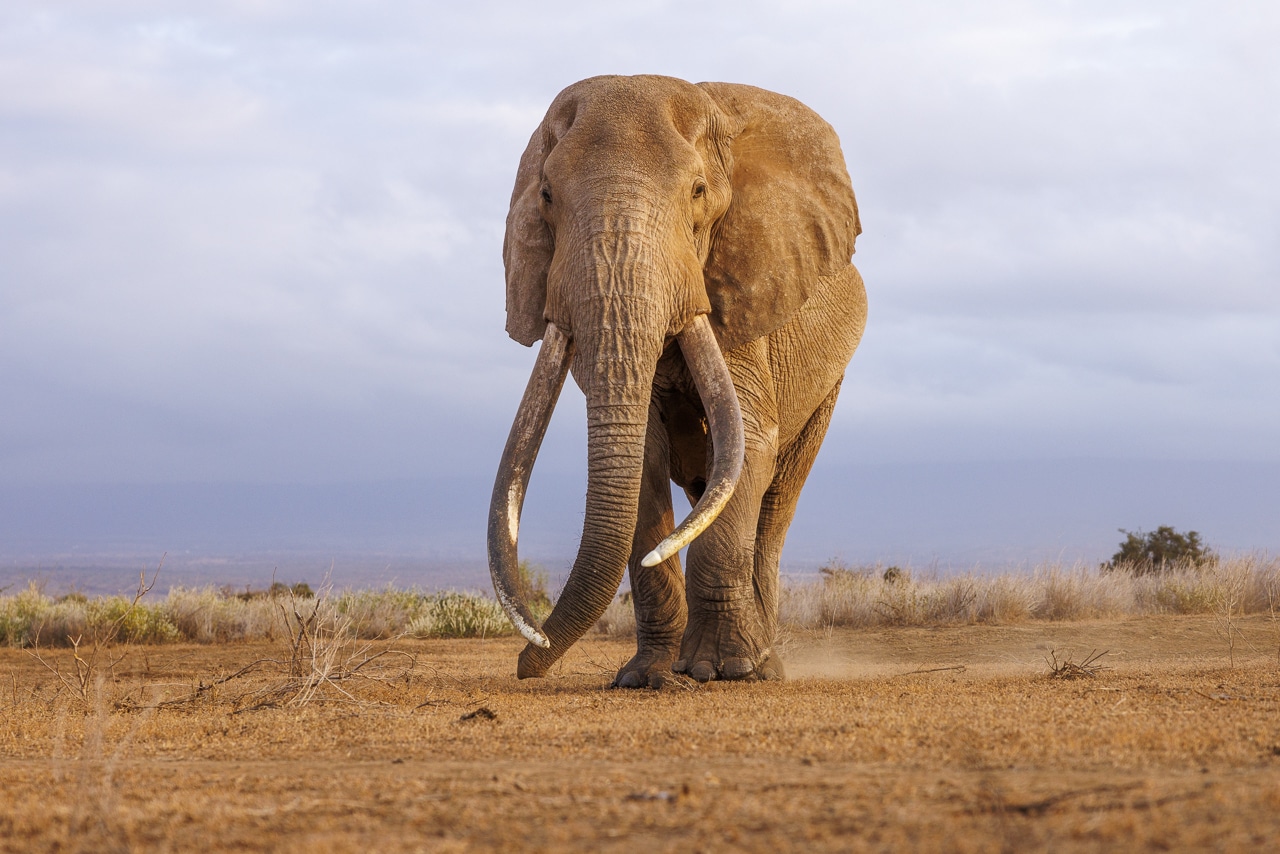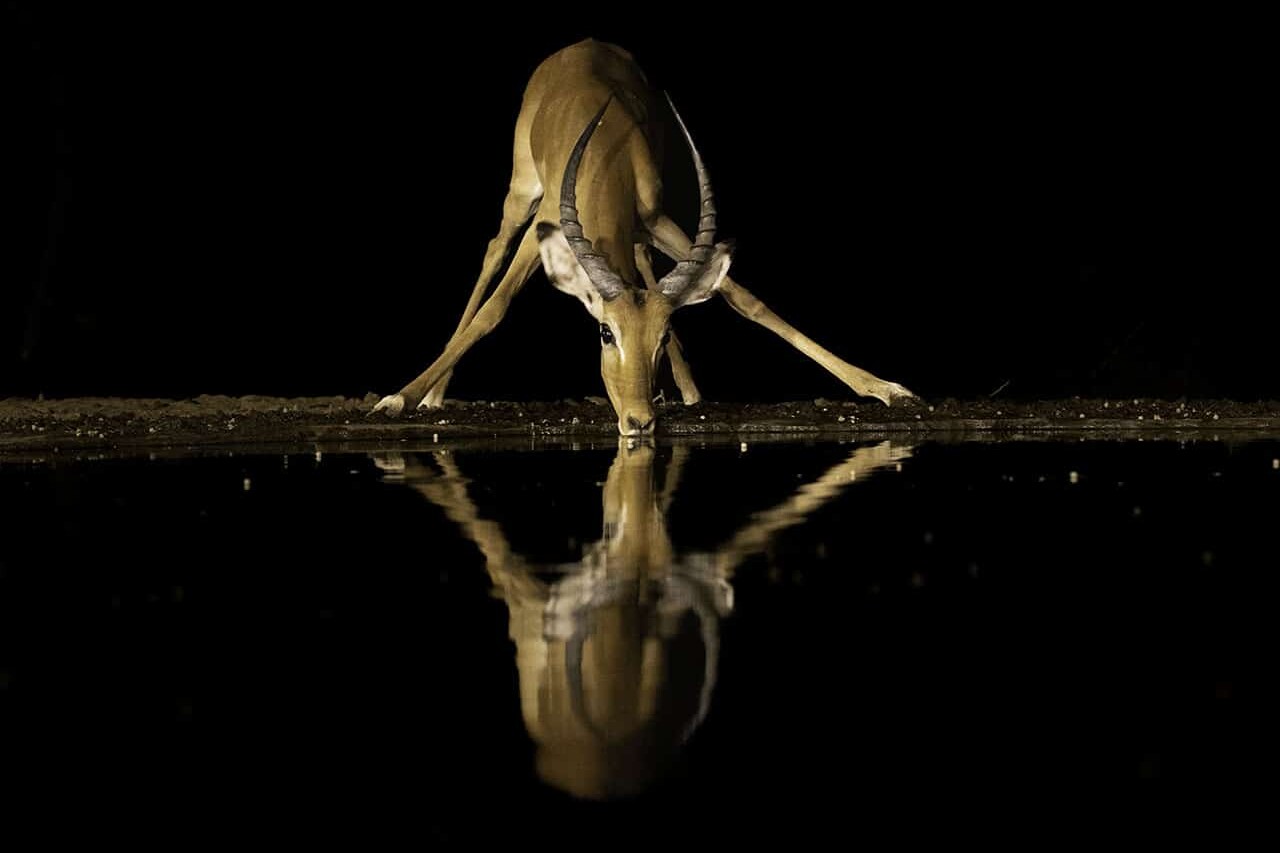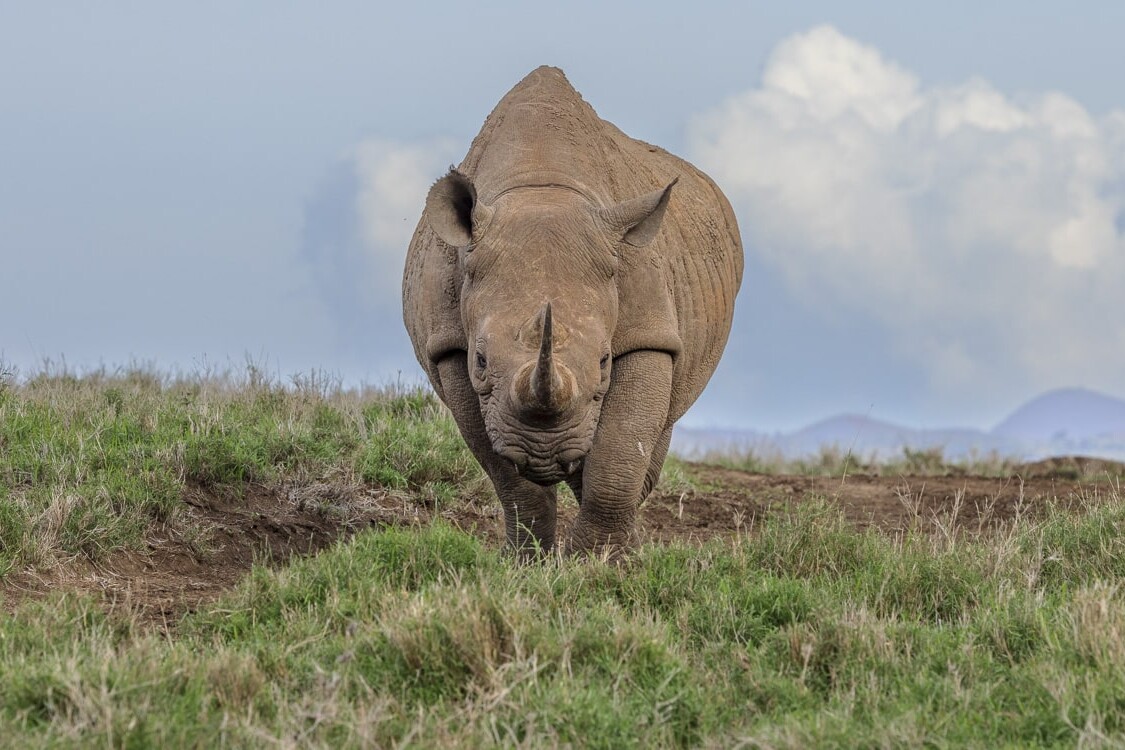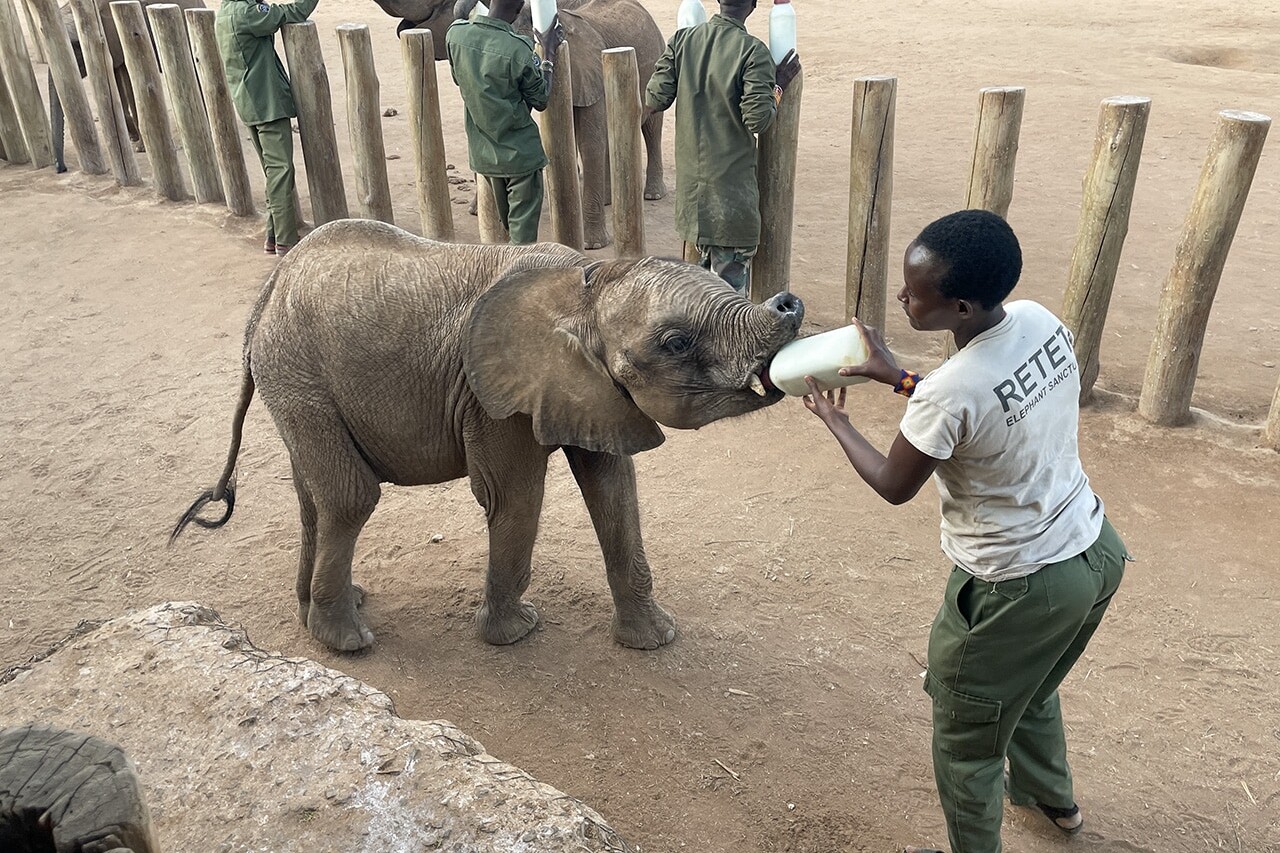Ol’ Pejeta Conservancy has a deep history of rhino conservation and is home to Kenya’s largest population of Black Rhinos. There are currently over 100 living on these protected lands. Critically endangered, the black rhino population plummeted over 90% from 1960s through the 1990s — poached almost out of existence. By the mid-nineties there were an estimated 2300 left alive. Today, there are estimated to be between 5,000–5,400 black rhinos left in Africa, with about 110 in Ol’ Pejeta. Sadly, strong demand for their horn continues to threaten their survival.

White Rhinos on Ol’ Pejeta
There is also a growing population of Southern White Rhinos on the conservancy. White rhinos were near extinction at the end of the 19th century, with less than 50 individuals remaining in South Africa. Through tremendous conservation efforts, the population is now over 20,000 across east and southern Africa. Ol’ Pejeta is home to 30. We were very fortunate on this trip to see 5 different white rhinos, including a young calf grazing with both parents.
Rest in Peace Sudan
The conservancy was also home to Sudan, the last male northern white rhino who became known around the world and who died on March 20, 2018. Extinct in the wild, Sudan was one of 4 of the world’s last 7 northern white rhinos that came to live in Ol’ Pejeta in September 2009, arriving from a zoo in the Chezch Republic. Now, only two females remain and the conservancy vets, along with the zoo, are trying to develop a technique for in vitro fertilization–something that has not been previously done with rhinos. (You can read about the efforts here.)
The Rhino Cemetery
During my last visit in 2018, on a grey and rainy afternoon, I visited the rhino cemetery to pay my respects to the rhinos who rest there. I had not visited this sacred place on previous trips to the conservancy and it was quite an emotionaly charged experience. Fifteen graves are marked with headstones and bronze plaques, paying tribute to the lost lives of these threatened animals.

Amongst the group is the resting place of Ishirini, a female black rhino who, in 2016, was killed at the age of 20. She was 12 months pregnant when she was found writhing in pain, horns cut off. She did not survive.

The rhinos that rest here range in age and include both males and females. Many were found shot dead, horns removed. Max, age 6, was slaughtered even though he underwent dehorning procedures meant to protect him from poaching. He was found dead with his very small, regrown horns cut off.

Horn is Not Medicine
The graves of these magnificent and peaceful animals serve as a painful reminder of the need to continue to fight against poaching and trafficking in animal parts. Rhino is readily available on the black market and sells for $60k a kilo. It remains in high demand, especially from Vietnam. Conservation efforts continue, but so does the investment in poaching for black market profits. If it doesn’t stop soon, we risk losing Africa’s two remaining rhino species.
Rhino horn is not medicine. Rhino horn is not an aphrodisiac. It is keratin — just like our finger nails. It belongs no where but on a rhino.
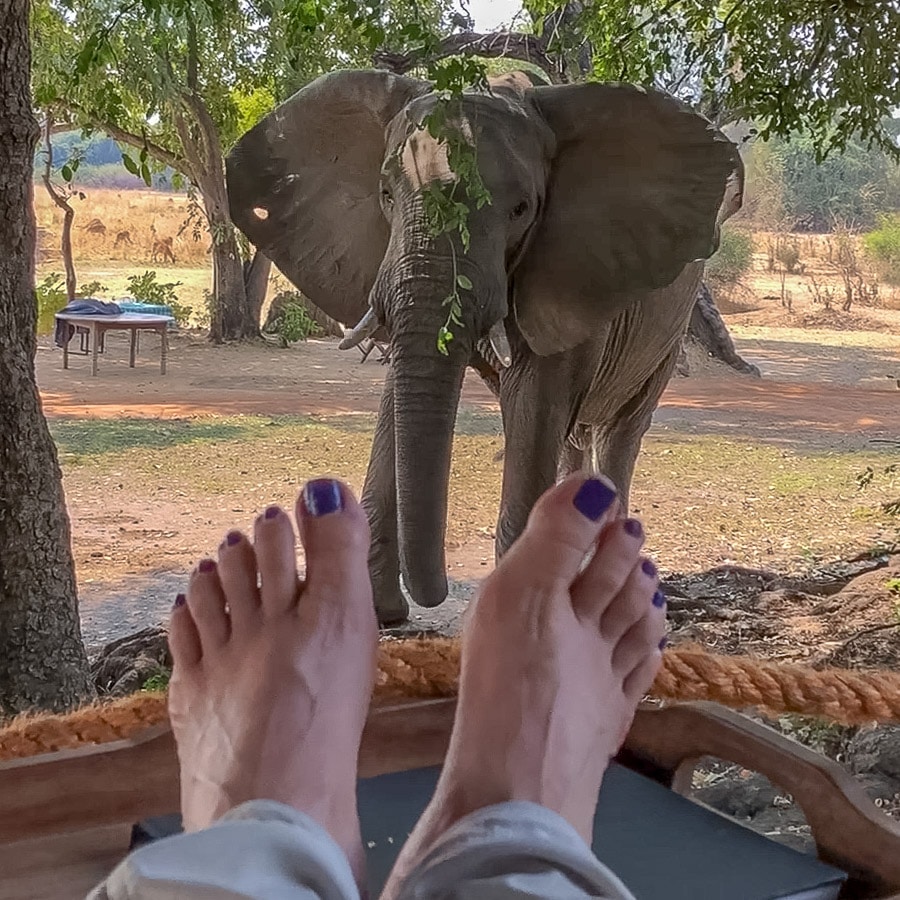
NJ Wight
Image maker and storyteller, bringing my audience up close to the extraordinary wildlife that has transformed my thinking and shaped my creative expression.
More Great Posts
February 29, 2024
Photographing Safari Silhouettes
January 17, 2024
Photographing the Dragonfly in Flight
July 17, 2023
Meeting the Legend Craig
March 15, 2023
A View from the Hide
February 9, 2023
A Black Rhino Named Elvis
November 27, 2022

